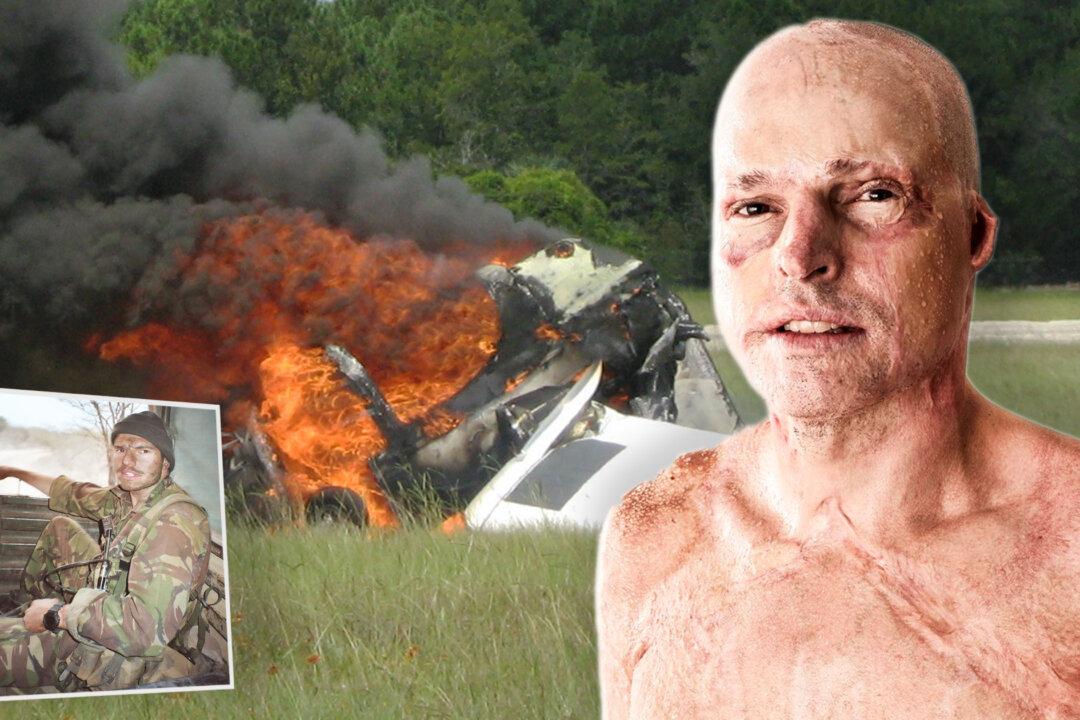A former U.K. Army soldier had to turn his life upside down when his plane caught fire at 1,000 feet during a routine solo flight. The pilot harnessed a rush of adrenaline, and his specialized military training, to prepare for landing and leap from the plane as flames engulfed the cockpit. He saved his own life but sustained massive injuries and faced years of unimaginable suffering.
Now, having reclaimed his life and reformed his identity, 47-year-old Jamie Hull is sharing his story.





